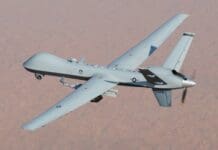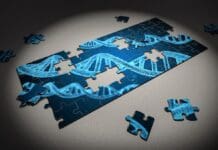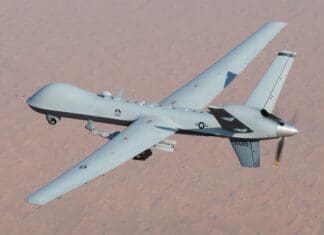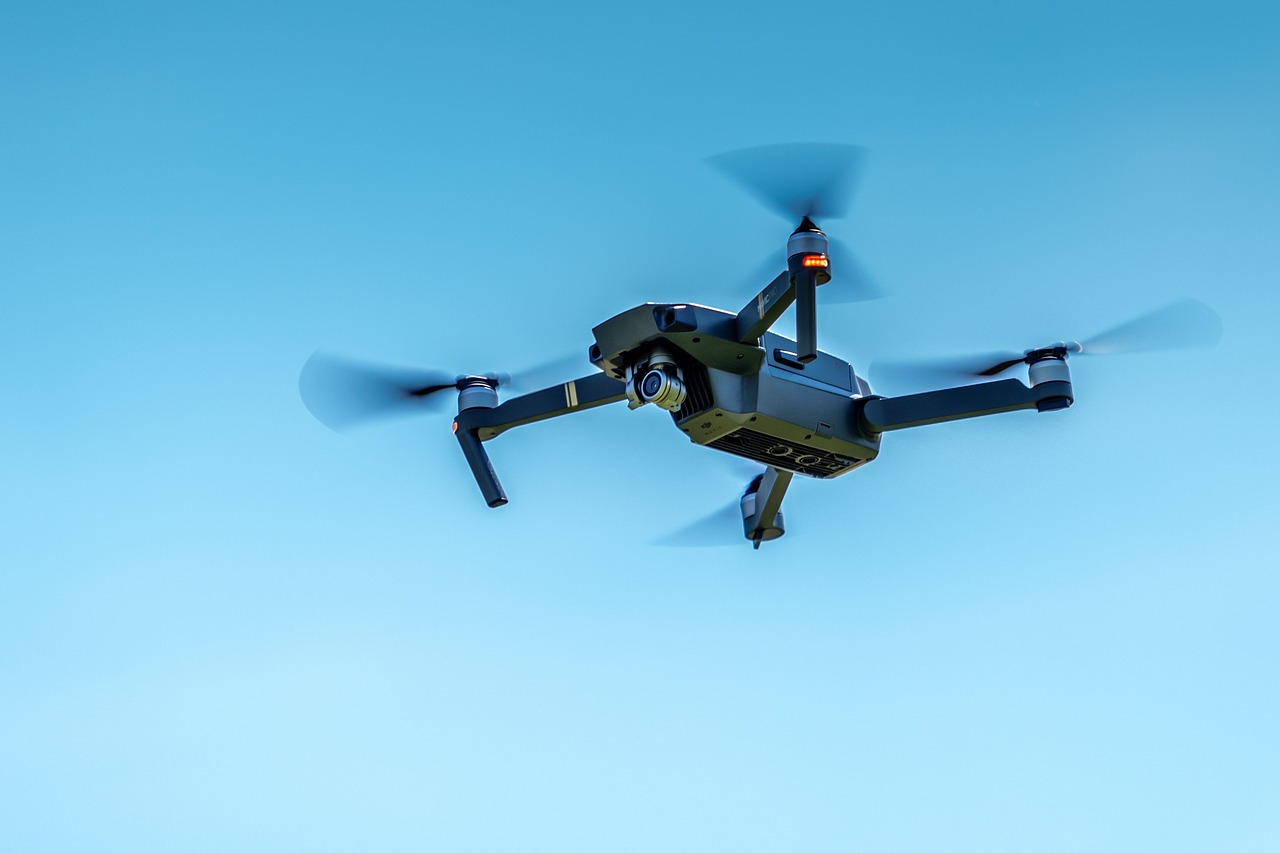
This post is also available in:
 עברית (Hebrew)
עברית (Hebrew)
Northrop Grumman has demonstrated a new autonomy framework that enables multiple unrelated unmanned systems to communicate and collaborate on a mission. The demonstration took place during the cross-domain autonomous system collaboration anti-submarine warfare (ASW) detect-to-engage exercise, held during the Annual Naval Technology Exercise (ANTX) at Naval Undersea Warfare Center Newport, Rhode Island.
According to a statement from Northrop Grumman: “Data collected from multiple sensors arrayed across autonomous undersea, surface, and air vehicles were fused autonomously to develop a real-time tracking solution that guided a surrogate autonomous air vehicle to engage a contact for live drop of a replica torpedo, for the first time”.
Gene Cumm, director of undersea warfare systems for Northrop Grumman said: “It was really the open architecture nature of the autonomy framework that allowed us to rapidly integrate in these existing [unmanned] systems that were never designed to be integrated into a framework like this”.
The unmanned platforms were all linked back to a command centre where Northrop Grumman and US Navy personnel were able to monitor the activities, Cumm said.
As written on janes.com, during the three-day demonstration held in August, Northrop Grumman’s autonomy framework connected a Kongsberg REMUS 600 autonomous underwater vehicle (AUV), two Liquid Robotics’ Wave Glider unmanned surface vehicles (USV), and a manned helicopter representing a Northrop Grumman Fire Scout vertical take-off and landing tactical unmanned air vehicle (VTUAV).
Technologies demonstrated during the event included: An Advanced Mission Management and Control System (AMMCS); Wave Gliders with acoustic sensors and RF gateway; REMUS with a three dimensional bathymetric sensor and a Compact Rapid Attack Weapon (CRAW) deployed from the Fire Scout demonstrator.

























